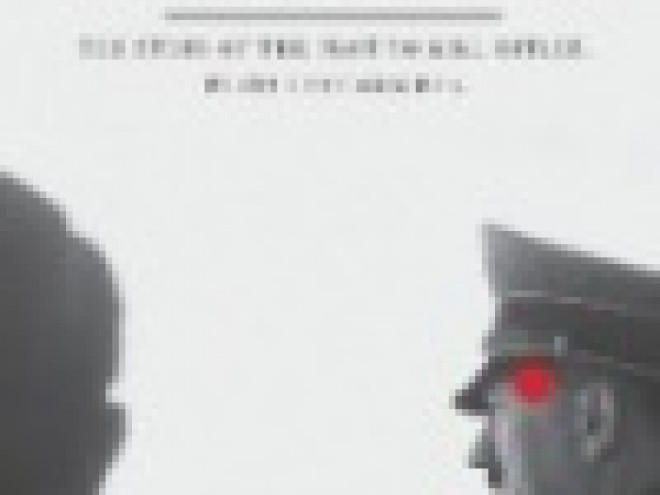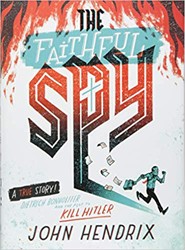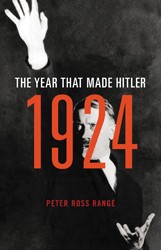This memoir traces Hitler’s rise to power from the unusual perspective of a boy who was Hitler’s neighbor in Munich, from the ages of five to fifteen.
Edgar (Burschi) Feuchtwanger, the author, came from a family of wealth and privilege with roots in Germany going back 400 years. The family had no reason to believe their future security would be undermined by “a mad man.” Their assumptions were wrong. This book shows how, again and again, people who were part of the intelligentsia assumed that their power and money would protect them.
At one point, Edgar’s father, a newspaper editor, stopped going to his office because the Nazis had “done away with his job.” Particularly impactful on the young Edgar was his family’s inability to keep Rosie, his nanny, because Jews were banned from employing “Aryans.”
One of the decisions the family faced was when and where to go if they left Germany. Edgar’s father visited Palestine but rejected it as a future home because he felt they would soon be at war with the Arabs; besides, the change of lifestyle would be untenable. Convinced that their current home was the best option, they chose to stay.
During this period of upheaval, Edgar was rejected by his peers because of his Jewishness, and tried to make himself as invisible as possible at school. At the same time, he was studying to be a bar mitzvah. Although his family was assimilated, during this time of stress, the process gave him comfort and direction.
Each chapter is introduced by a passage from Mein Kampf that expresses increasing anger, rejection, and vilification against the Jews. It is an effective way to show the progression of Hitler’s hatred.
The cover of the book, a picture of a young boy (undoubtedly meant to be Edgar at about seven), is misleading. It is unclear if this is a book for teenagers or for adults. Because Edgar is the narrator, the pace of the early part of the book is quite slow because it is filtered through a little boy’s perceptions.
Photographs of family, Hitler, and a family friend being marched through the streets carrying a sign that states “he will never again complain to the police” give a flavor of the times and the atmosphere in which Jews were living. The epilogue catalogs how Edgar and his co-author worked together to create the book, and a final chapter explains what actually happened to the main characters during and after the war.
The value of this book is in witnessing, step by step, the gradual acceptance of what Hitler did to the world, and to this family specifically, enabling the reader to experience renewed empathy for those trapped by history.





